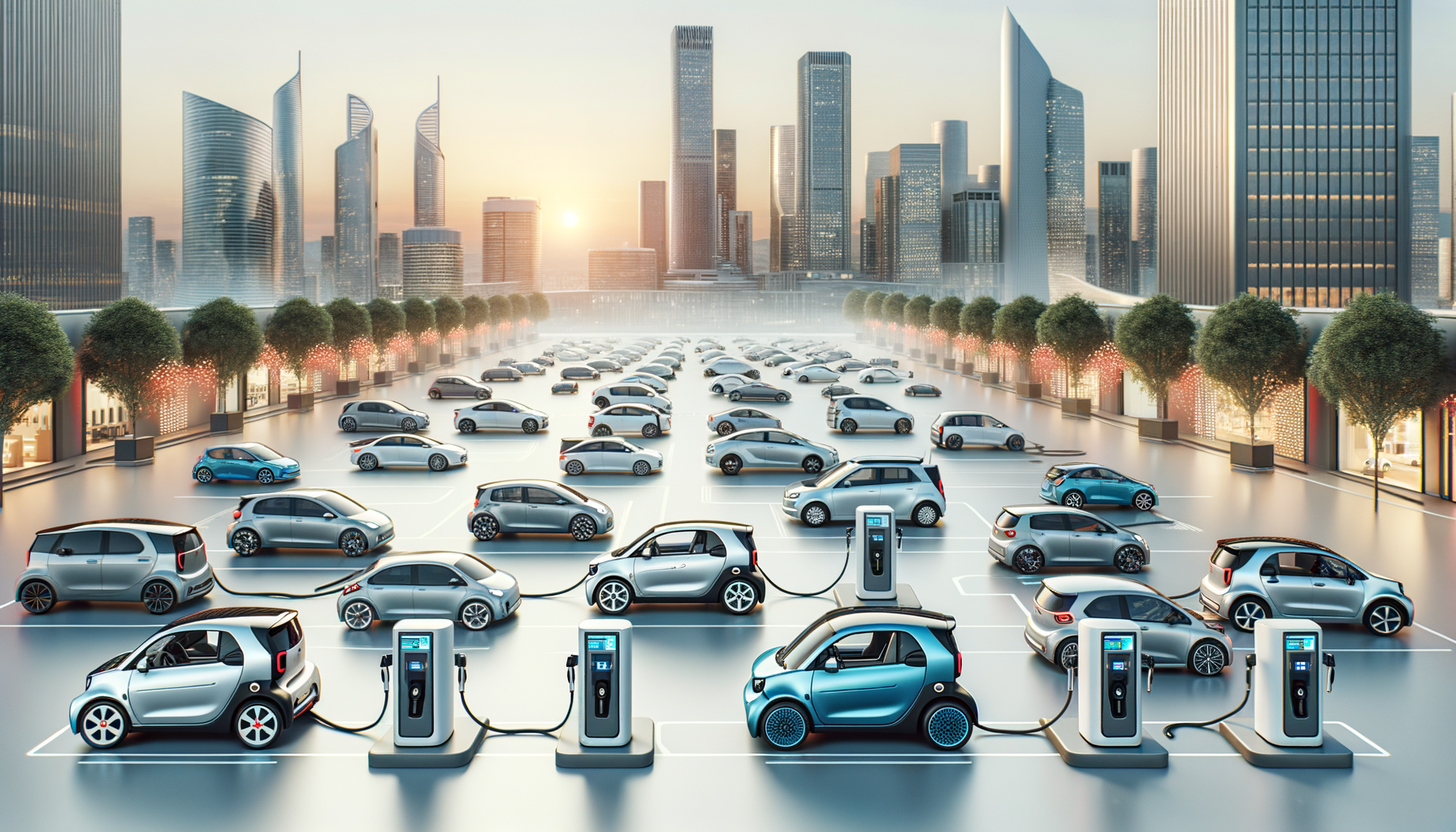The Rise of Compact Electric Vehicles
Compact electric vehicles (EVs) have emerged as a significant trend in the automotive industry. As cities become more congested and environmental concerns grow, these small, efficient cars offer a practical solution. The rise of compact EVs can be attributed to several factors, including advancements in battery technology, government incentives, and a shift in consumer preferences towards sustainable transportation.
Battery technology has seen rapid advancements, leading to longer ranges and shorter charging times. This progress has made electric vehicles more appealing to urban dwellers who need a reliable mode of transportation. Additionally, many governments are offering incentives such as tax credits and rebates to encourage the adoption of EVs. These policies aim to reduce greenhouse gas emissions and promote cleaner air in urban areas.
Consumers are also playing a crucial role in the rise of compact EVs. There is a growing awareness of the environmental impact of traditional gasoline vehicles, and many individuals are choosing electric options to reduce their carbon footprint. Moreover, compact EVs are often more affordable than their larger counterparts, making them accessible to a wider audience.
Benefits of Compact Electric Vehicles
The benefits of compact electric vehicles extend beyond environmental considerations. These vehicles offer numerous practical advantages that make them an attractive option for many drivers. One of the primary benefits is cost savings. Electric vehicles generally have lower operating costs compared to gasoline-powered cars. This is due to the lower cost of electricity compared to gasoline and the reduced maintenance needs of electric motors.
Compact EVs are also ideal for city driving. Their small size makes them easy to maneuver through traffic and park in tight spaces. This is particularly advantageous in densely populated urban areas where parking can be a challenge. Additionally, many compact EVs come equipped with advanced technology features, such as regenerative braking and energy-efficient climate control systems, enhancing the overall driving experience.
Furthermore, compact EVs contribute to a quieter urban environment. Electric motors produce less noise than internal combustion engines, leading to reduced noise pollution in cities. This can improve the quality of life for residents and create a more pleasant urban atmosphere.
Challenges Facing Compact Electric Vehicles
Despite their advantages, compact electric vehicles face several challenges that need to be addressed to ensure their widespread adoption. One of the main challenges is the availability of charging infrastructure. While the number of charging stations is increasing, there are still areas where access to charging facilities is limited. This can be a significant barrier for potential EV owners who do not have the ability to charge their vehicles at home.
Another challenge is the initial cost of purchasing an electric vehicle. Although operating costs are lower, the upfront price of EVs can be higher than that of traditional vehicles. This price difference can deter some consumers from making the switch to electric. However, as battery technology continues to improve and economies of scale are achieved, the cost of EVs is expected to decrease.
Additionally, there is a need for greater consumer education and awareness regarding the benefits and capabilities of electric vehicles. Misconceptions about range limitations and charging times can deter potential buyers. Efforts to educate consumers and dispel myths about EVs are essential for increasing adoption rates.
The Future of Compact Electric Vehicles
The future of compact electric vehicles looks promising as technology continues to advance and societal attitudes shift towards sustainability. Automakers are investing heavily in research and development to improve battery efficiency and expand the range of EVs. This focus on innovation is likely to result in more affordable and capable electric vehicles in the coming years.
Governments around the world are also playing a pivotal role in shaping the future of compact EVs. Many countries have set ambitious targets for reducing carbon emissions and are implementing policies to support the transition to electric transportation. This includes investments in charging infrastructure and incentives for both manufacturers and consumers.
As compact EVs become more prevalent, we can expect to see changes in urban planning and infrastructure. Cities may adapt to accommodate the growing number of electric vehicles, with more charging stations and designated parking areas for EVs. This evolution will further enhance the convenience and appeal of compact electric cars.
Conclusion: Embracing a Sustainable Future
Compact electric vehicles represent a significant step towards a more sustainable future. By offering a practical and environmentally friendly mode of transportation, they address many of the challenges faced by urban areas today. While there are hurdles to overcome, the continued development of technology and supportive policies are paving the way for a cleaner, quieter, and more efficient transportation landscape.
As consumers become more conscious of their environmental impact, the demand for compact EVs is likely to grow. Embracing these vehicles not only benefits the environment but also offers practical advantages for drivers. By choosing compact electric vehicles, individuals can contribute to a greener future while enjoying the convenience and cost savings they provide.








